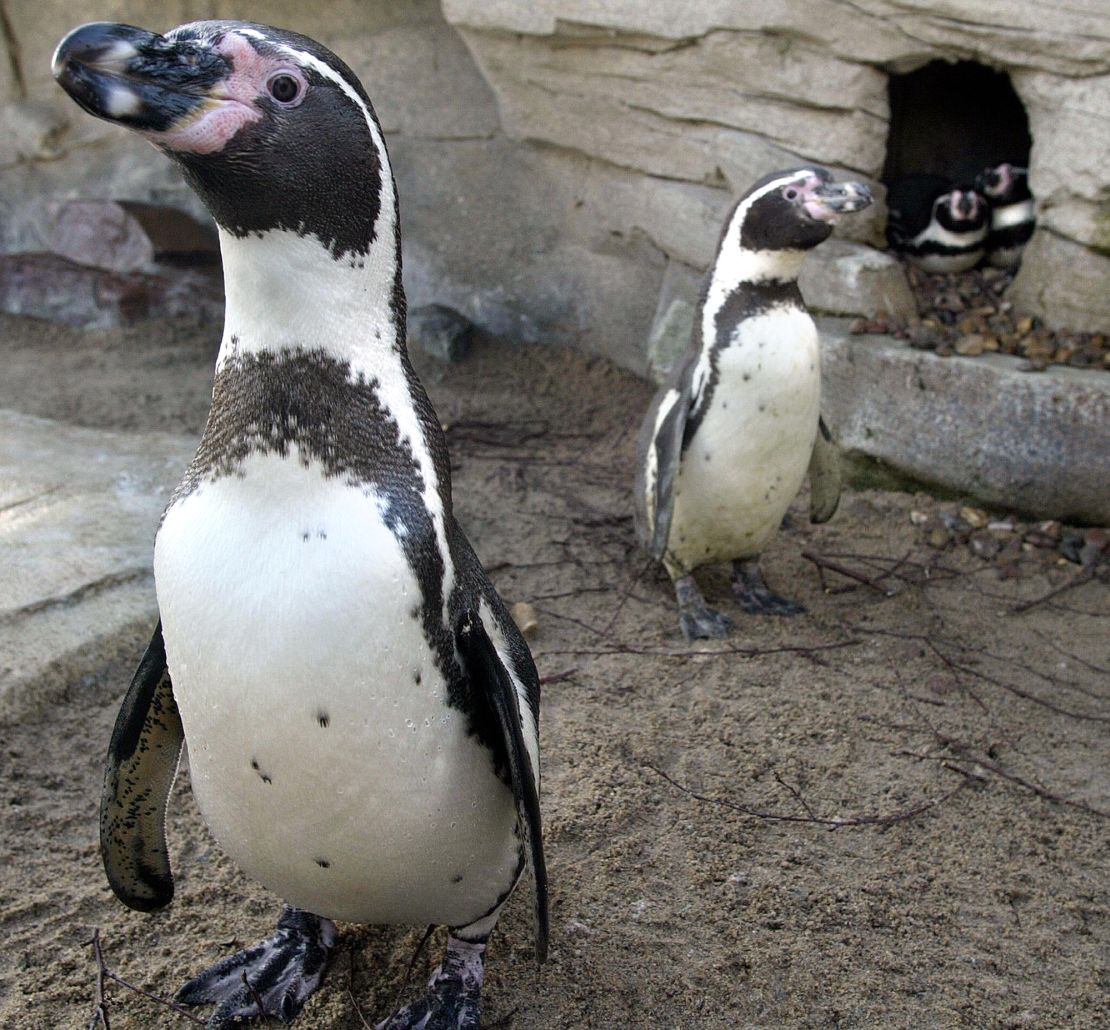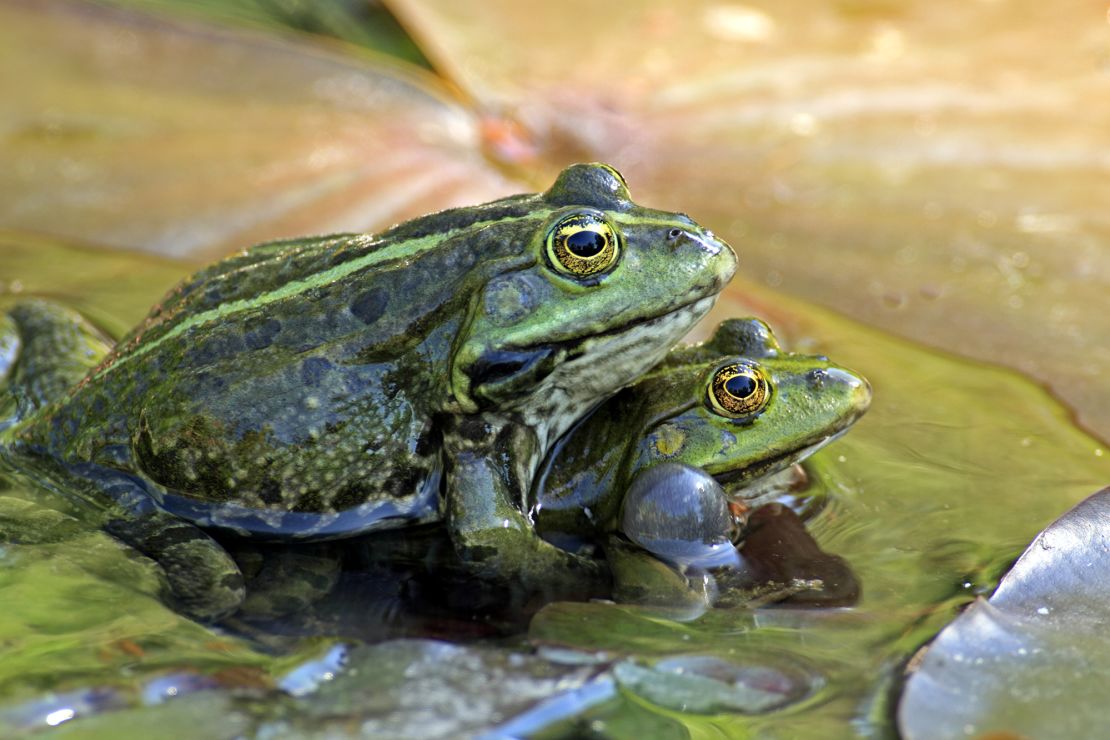Sign up for CNN’s Science of Miracles newsletter. Explore the universe with news of fascinating discoveries, scientific advances and more.
CNN
–
Same-sex sexual behavior has been observed in more than 1,500 animal species, but a new study has found that it is massively underreported by researchers.
Observations of this same-sex behavior in animals, such as sexual mounting and genital touching, date back to the 1700s and 1800s. But research on the subject only progressed in the 20th and 21st centuries.
In a study published Thursday in the journal PLOSOne, a team of researchers at the University of Toronto, Northwestern University and the University of Warsaw found that experts studying animal behavior rarely report and publish their observations of same-sex sexual behavior.
The study surveyed 65 experts and found that 77% of them observed same-sex sexual behavior in the species they studied. But only 48% collected data on these behaviors and even fewer – just 18% – had published papers on these findings.
“Many respondents have reported that the lack of data registration or publication in SSSS [same-sex sexual behavior] it was because of a perception that it was very rare,” Karyn Anderson, a doctoral candidate in evolutionary anthropology at the University of Toronto who led the study, told CNN. “When looked at on a broader scale, we found instead that it was observed very frequently by our survey participants.”
The notion that these sexual behaviors are rare in the animal kingdom has been and continues to be used in debates about the ethics of human homosexuality, the study noted.
Anderson says their study, like others on same-sex sexual behavior in animals, has found that this behavior is in fact “widespread and inherent in the animal kingdom.”

However, homosexual behavior continues to be newly discovered among different species. In 2018, the first sex report between male spider monkeys was recorded. In the same year, two male Gentoo penguins made headlines for “adopting” an egg that had been abandoned by a male-female penguin pair.
The field appears ripe for future research—of the species identified as engaging in same-sex behavior in the survey, nearly 39% had no previous reports of these behaviors, according to the authors.
Josh Davis, a science writer for London’s Natural History Museum and author of A Little Gay Natural History, was not surprised by the study’s findings, but says he found it “quite exciting” to have the data to prove these numbers. .
“Homosexual behavior has been officially recorded for about 1,500 animal species, but I think for a long time most people have suspected that this is likely to be a huge underestimate,” he told CNN. “Because it’s found in almost every branch of the evolutionary tree… from beetles and butterflies to lizards and squirrels.”
By identifying this gap in research, Anderson says he hopes other mammologists will be encouraged to publish their own studies of same-sex sexual behavior.

While the authors hypothesized that concern or socio-political reasons may contribute to the under-reporting of same-sex sexual behavior, they did not find this to be the case among the researchers they surveyed.
Instead, respondents told them it might be because these sexual behaviors were rare or not a research priority for their lab. Most of their observations would be considered “anecdotal” and not the result of systematic study, perhaps making scientific journals less inclined to publish their findings.
Davis added that there have been other obstacles preventing the documentation of same-sex behavior among animals.
“Historically, there has definitely been a fear by researchers that if they published on these behaviors, they might then be associated with those behaviors,” he said, although it has “improved over time.”
Another challenge for researchers is when observing sexual activity in species, the sex of the animal may not always be clear. “There’s an underlying assumption that when they’re looking at it, they’re looking at a male and a female,” Davis said.
“The biggest takeaway from this research is that same-sex sexual behavior is widely observed in mammals but not widely reported,” explained Anderson, who added that “this may be true for other behaviors that are perceived to be rare but found to be more common when viewed on a larger scale.”